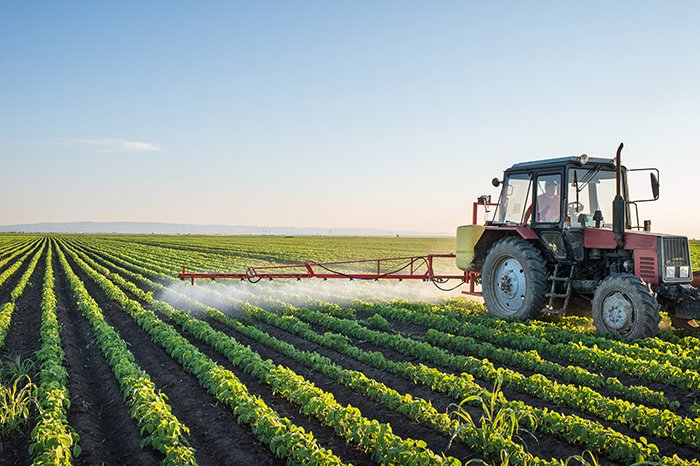Why Getting Research “From the Lab Onto the Farm” is Key for Ontario Agri-Food
Ontario is blessed with a rich and diverse agri-food sector, a cornerstone of our thriving economy. This sector is vast, ranging from grain fields in Huron and Bruce counties to pork farmers in Perth and Wellington, poultry farmers across southwestern Ontario, beef and dairy producers in northern and eastern Ontario, and fruit and vegetable growers in Essex, the Holland Marsh and Niagara. It is a significant economic driver, generating $47 billion in provincial gross domestic product (GDP) and employing over 750,000 Ontarians.
The “Grow Ontario” strategy outlines a plan to strengthen this vital sector, support economic growth, and ensure a safe, high-quality, food supply for Ontarians. A crucial part of this strategy involves increasing agri-food innovation and adoption. Research and innovation are considered critical to the success of Ontario’s agri-food sector. The goal is to ensure that Ontario’s farmers have the best stewardship of the land and environment and demonstrate leadership in sustainability.
But it’s not enough to just conduct research; we must ensure the translation and transfer of research into practical solutions for Ontario’s agri-food sector. The strategy aims to get the research from the lab onto the farm. This transfer of knowledge and new techniques is essential for enhancing competitiveness, growing market opportunities, and strengthening the sector against future disruptions.
The sources highlight several ways this is being achieved:
- Developing programming to support commercialization, piloting, and demonstrations of new technologies on farm, as well as in processing facilities. These hands-on opportunities allow farmers and processors to see new innovations in action and understand their potential benefits.
- Supporting and moving innovations out of the lab and into the field, processing plants, and the marketplace.
- Encouraging the adoption of innovative new technologies and practices that enhance competitiveness.
- Supporting organizations and communities undertaking food supply chain initiatives.
- Investing in programs like the Agri-Tech Innovation Program to help farmers and processors adopt new and innovative technologies.
- Enhancing On Farm Applied Research and Monitoring (ONFARM), which involves applying research and monitoring best management practices directly on farms for increased productivity, soil health, and water quality.
Getting this vital information and these new tools into the hands of farmers and businesses is key to achieving the strategy’s goals, such as increasing the production of food grown and prepared in Ontario. It helps address vulnerabilities through new innovations and reinforces Ontario’s position as a food leader in Canada. It also contributes to creating a progressive, technologically savvy labour force.
In essence, while the word “extension” might not be explicitly used, the concept of connecting research and innovation with practical application on farms and in businesses is a fundamental pillar of the “Grow Ontario” strategy. This ensures that the latest knowledge and technologies are leveraged to build a more competitive, productive, sustainable, and resilient agri-food sector for the benefit of all Ontarians.


